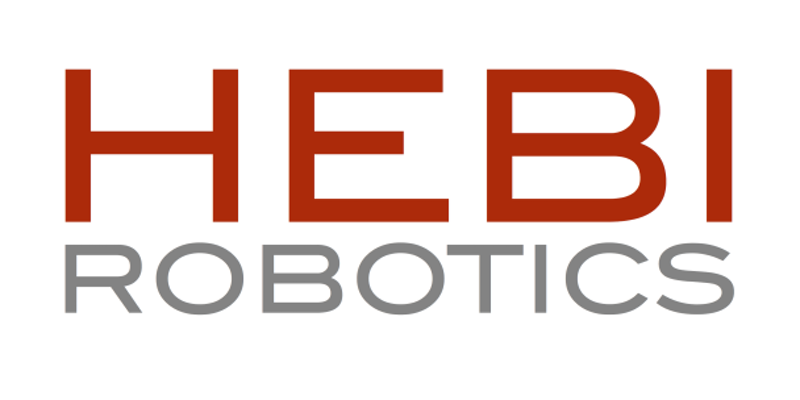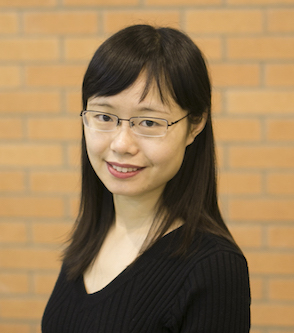Faculty Candidate Talk: Closing the Loop with Vision Feedback and Compliance in Robotic Manipulation
Areas of Interest: Grasping and Manipulation Abstract Robotic manipulation is a key functional requirement that is largely missing from the current state of the art regarding robots in unstructured environments. While models of manipulation phenomenon give us invaluable insights on various principles, many parameters (e.g. surface geometry, friction coefficients, contact locations) are difficult to [...]
HEBI Robotics Modular Robotics Workshop
Interested in learning how HEBI's modular robotics platform can dramatically reduce the time required to build custom robots? Want to learn more about the robotic system developed by one of Pittsburgh's exciting robotics start-ups? Take advantage of the opportunity to get hands-on time with HEBI's X-Series platform and instruction from HEBI engineers. At the workshop [...]
Learning Single-view 3D Reconstruction of Objects and Scenes
Abstract: In this talk, I will discuss the task of inferring 3D structure underlying an image, in particular focusing on two questions - a) how we can plausibly obtain supervisory signal for this task, and b) what forms of representation should we pursue. I will first show that we can leverage image-based supervision to learn [...]
Carnegie Mellon University
Soft-Matter Robotic Materials
Abstract: Soft machines and electronics are key components for emerging applications in wearable biomonitoring, human-machine interaction, and soft robotics. In contrast to conventional machines and electronics, soft-matter technologies provide a method for replicating these traditionally rigid devices using intrinsically soft materials that exhibit properties similar to soft biological tissue. This provides a path forward for [...]
From Robust Real-time SLAM to Safe Collision Avoidance
Abstract State estimation plays a critical role in a robotic system. The problem is to know where the robot is and how it is oriented. This is very often a building block in the navigation system, which modules in charge of higher level tasks are relied on. Challenges are to carry out state estimation in [...]
Faculty Candidate Talk: Designing Robot Behavior in Human-Robot Interactions
Areas of Interest: Industrial Collaborative Robot, Autonomous Driving, Non-Convex Optimization, Distributed Conflict Resolution Abstract Human-robot interactions (HRI) have been recognized to be a key element of future robots in many application domains such as manufacturing, transportation, service and entertainment, which entail huge social and economic impacts. Technically, it is challenging to design the behavior [...]
Robotics Institute Faculty Dinner
The RI voting faculty dinner will be held on Thursday, January 25, 2018 at the Pittsburgh Golf Club. The tentative time frame is from 4:30 to 9:00pm.
Level Set Models for Computer Graphics
ABSTRACT A level set model is a deformable implicit model that has a regularly-sampled representation. It is defined as an iso-contour, i.e. a level set, of some implicit function f. The contour is deformed by solving a partial differential equation on a sampling of f, an image in 2D and a volume dataset in 3D. [...]
Faculty Candidate Talk: Making sense of the physical world with high-resolution tactile sensing
Areas of Interest: Robotic Tactile Sensing, Robotic Perception Abstract: With the rapid progress in robotics, people expect robots to be able to accomplish a wide variety of tasks in the real world, such as working in factories, performing household chores, and caring for elderly. However, it is still very difficult for robots to act [...]
Neuromorphic Event-based time oriented vision and Computation
Abstract: There has been significant research over the past two decades in developing new systems for spiking neural computation. The impact of neuromorphic concepts on recent developments in optical sensing, display and artificial vision is presented. State-of-the-art image sensors suffer from severe limitations imposed by their very principle of operation. These sensors acquire the visual [...]









